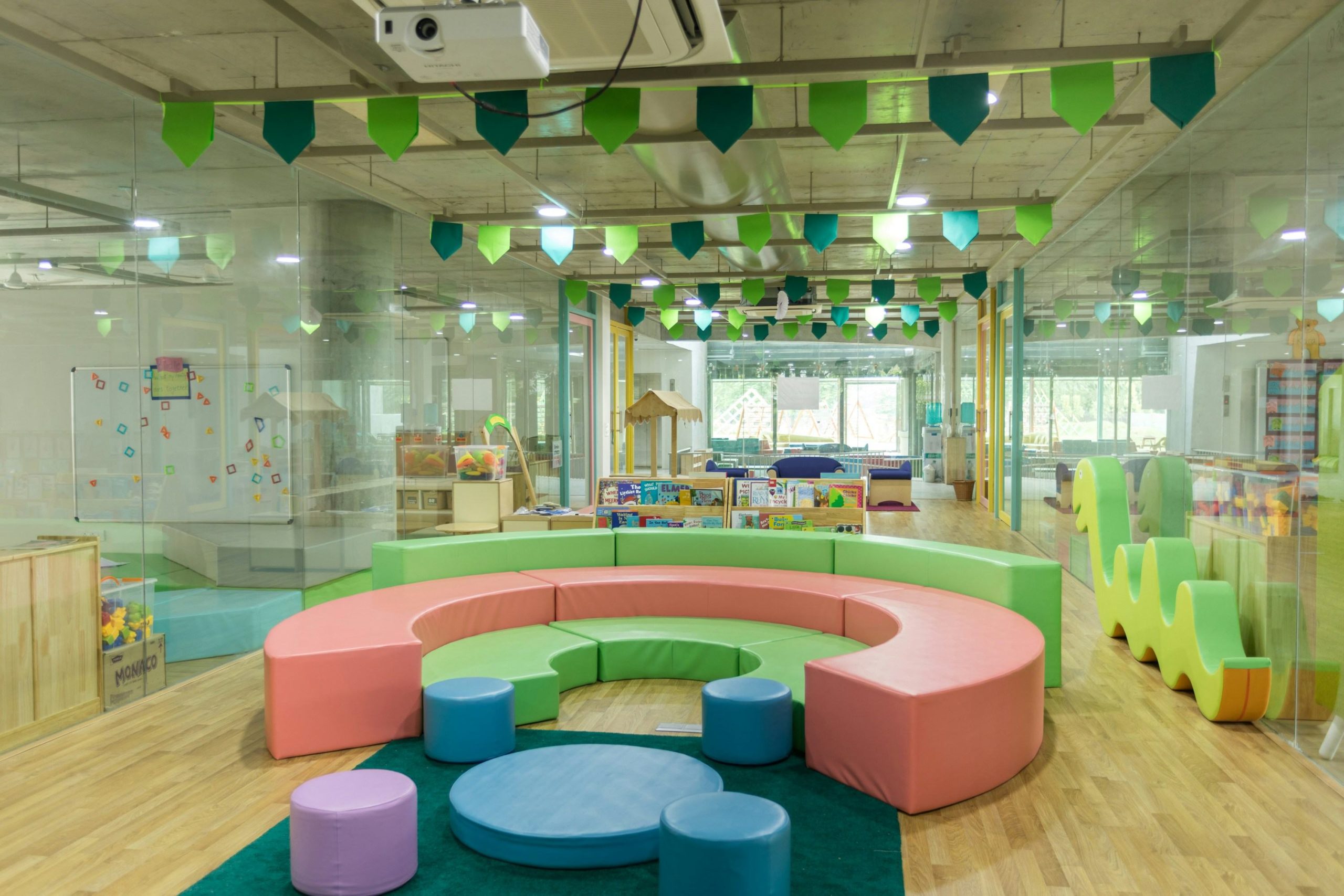
Creating an Inspiring Classroom Environment: Strategies for Teachers
As a teacher, the success of your preschoolers depends greatly on the environment you create within your classroom. Providing a warm and motivating space for learning is essential for fostering growth and development. Here are some effective strategies for decorating your classroom to make it both practical and inspiring.
Start with a Theme
Choosing a theme is a foundational step in decorating your classroom. A theme helps to create a cohesive look and feel, tying everything together from bulletin boards to reading corners. Popular themes for preschool classrooms include animals, nature, space, and transportation.
Use Color
Color plays a significant role in classroom design. Whether using subdued tones for tranquility or bright colors for engagement, consider the age and personality of your preschoolers when selecting colors.
Create a Reading Corner
A designated reading corner provides a quiet and comfortable space for students to relax and enjoy books. Incorporate soft seating, bookshelves, and cozy furnishings to make this area inviting.
Incorporate Student Work
Showcasing student work on bulletin boards or walls fosters a sense of pride and community among preschoolers. Displaying their artwork and projects brightens up the classroom and celebrates their achievements.
Use Functional Decor
Decor elements can serve a practical purpose as well. Utilize chalkboards or whiteboards for reminders and information, and employ storage solutions to keep supplies organized.
Get Creative with Lighting
Lighting can significantly impact the mood of your classroom. Incorporate natural light when possible and use string lights or lamps to create a cozy atmosphere.
Use Wall Decals and Posters
Enhance the walls with colorful decals and educational posters. Choose imagery that reinforces learning objectives or promotes positivity and creativity.
Create a Cozy Corner
Design a comfortable space with beanbag chairs, pillows, and blankets for students to unwind and recharge.
Use Natural Elements
Introduce plants, rocks, or other natural objects to create a calming atmosphere and connect students with the outdoors.
Create a Display Board
Rotate displays of student work, holiday themes, or special projects on a dedicated board to showcase achievements and maintain interest.
Create a Sensory Area
Include sensory materials like playdough or water beads to support students who may benefit from tactile experiences.
Use Classroom Rugs
Add color and define areas of the classroom with rugs, creating cozy spaces for different activities.
Incorporate Technology
Utilize projectors, tablets, or computers to enhance learning and engagement through interactive lessons and educational games.
Create a Classroom Library
Establish a library with age-appropriate books and comfortable seating to encourage a love of reading.
Use Classroom Themes
Keep decor fresh and exciting by rotating themes based on holidays, seasons, or educational topics.
Use Flexible Seating
Offer a variety of seating options such as beanbag chairs or stools to accommodate different learning preferences and promote an inclusive environment.
Use Classroom Labels
Labeling storage bins and other areas helps students stay organized and fosters independence, especially for early learners.
Use Classroom Postcards
Display postcards related to classroom themes or different cultures to spark curiosity and add visual interest.
Create a Classroom Calendar
Keep students engaged and informed about upcoming events with a classroom calendar that incorporates holidays, birthdays, and special activities.
Use Classroom Banners
Hang banners featuring inspirational messages or relevant themes to create a positive and uplifting atmosphere.
Use Classroom Murals
Add colorful murals depicting themes or scenes that inspire creativity and curiosity among students.
Use Classroom Posters
Display educational posters that reinforce learning objectives and provide visual aids for different subjects.
Use Classroom Name Tags
Encourage community and familiarity by using name tags with symbols or pictures to help students recognize each other.
Use Classroom Door Decorations
Add personality to your classroom with themed door decorations that welcome students and set a positive tone.
Use Classroom Mobiles
Hang mobiles related to classroom themes to add visual interest and movement to the learning environment.
Use Classroom Puzzles
Enhance learning and problem-solving skills with puzzles that reinforce various concepts.
Use Classroom Maps
Explore geography and world cultures by incorporating maps that showcase different regions or landmarks.
Use Classroom Calming Corners
Provide a space for students to relax and manage emotions with calming activities and sensory tools.
Use Classroom Growth Charts
Track students’ growth and progress over time with height or weight charts, encouraging personal development.
Use Classroom Word Walls
Support literacy skills and vocabulary development with word walls that display key terms and concepts.
Use Classroom Centers
Offer diverse learning opportunities through themed centers focusing on different subjects or types of play.
Use Classroom Games
Make learning fun and interactive with games that reinforce educational concepts and encourage participation.
Use Classroom Manipulatives
Engage students in hands-on learning experiences with manipulatives that reinforce various skills and concepts.
Use Classroom Dramatic Play Areas
Encourage imaginative play and social interaction with themed dramatic play areas equipped with props and costumes.
Use Classroom STEM Activities
Integrate science, technology, engineering, and math concepts through hands-on STEM activities that promote critical thinking and problem-solving.
Use Classroom Music and Movement Activities
Enhance learning and engagement with music and movement activities that reinforce concepts and encourage physical activity.
By incorporating these strategies, you can create an inspiring classroom environment that supports the growth and development of your preschoolers.


